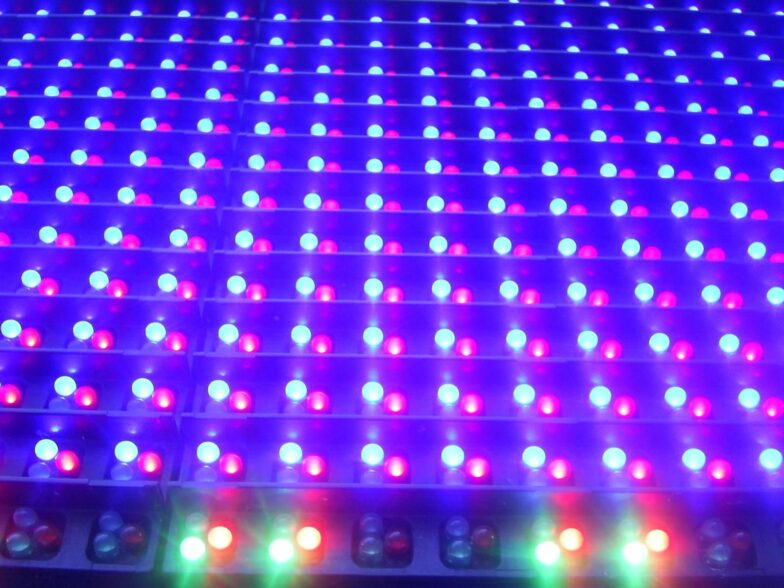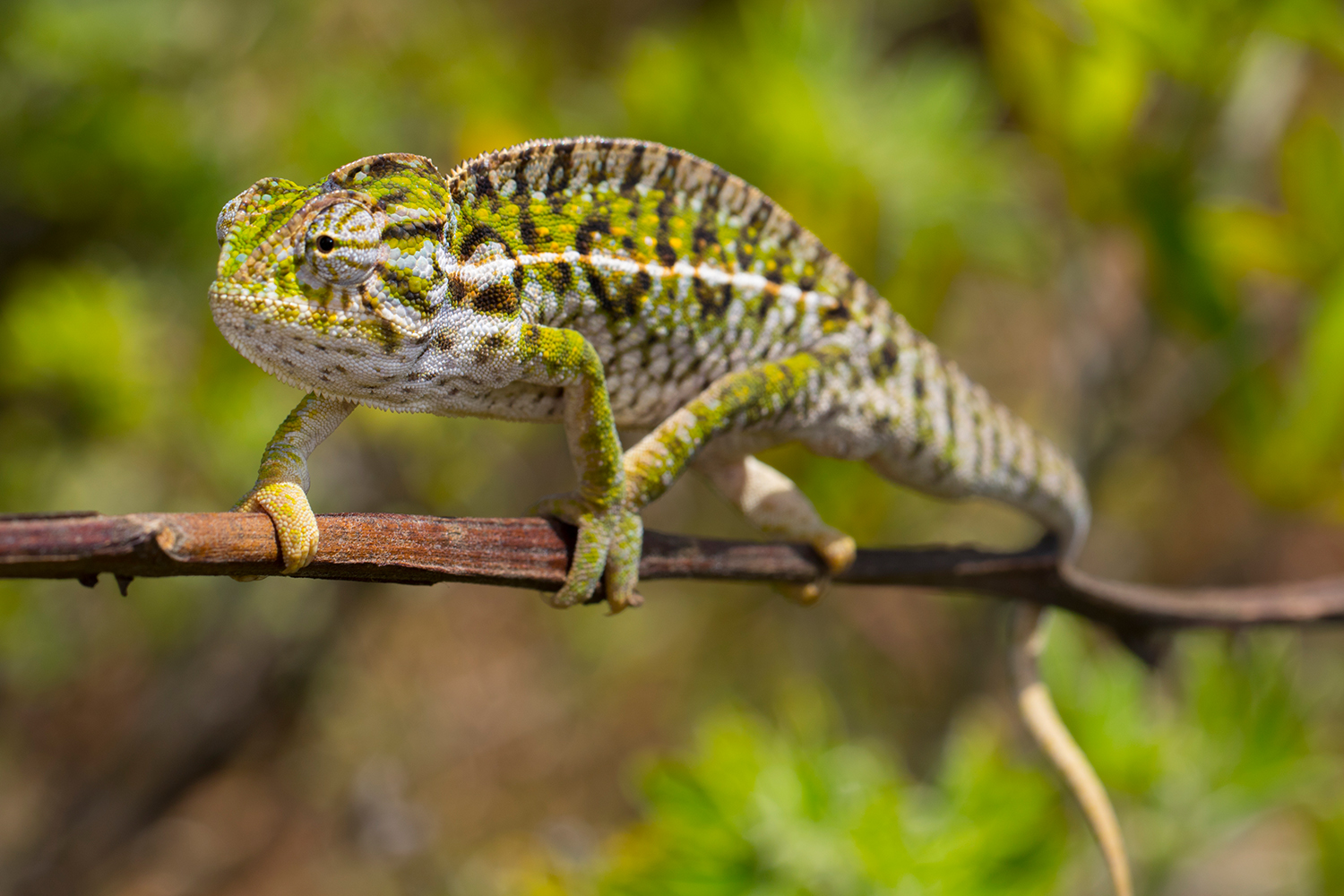Anyone involved in chameleon husbandry will increasingly come across LED lighting. Although their use has been rather limited so far, LEDs now offer many possibilities, but also some dangers. Physicist Sarina Wunderlich from www.licht-im-terrarium.de has studied the subject in depth and bundled everything important into an informative lecture. The lecture “UV-B-LEDS: New developments and tried and tested methods for supplying vitamin D3 to terrarium inhabitants” will take place on Thursday, 18.08.2022, at 7 pm at the Munich State Zoological Collection. If you would like to attend, please send an email to Kathrin Glaw. A contribution towards expenses of € 10 will be charged, and drinks and pretzels will be organised.
Sarina Wunderlich UV-B-LEDS: New developments and tried and tested for supplying vitamin D3 to terrarium inhabitants
Lecture room of the Zoologische Staatssammlung München
Münchhausenstraße 1
81247 München
Start of lecture: 7 pm



